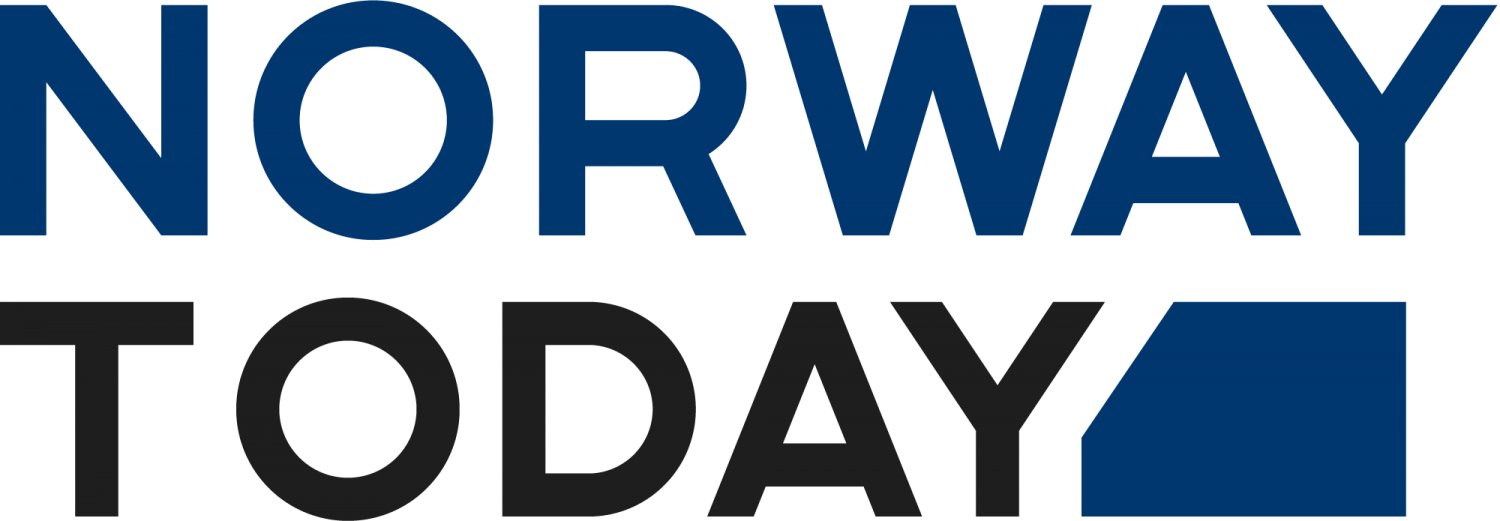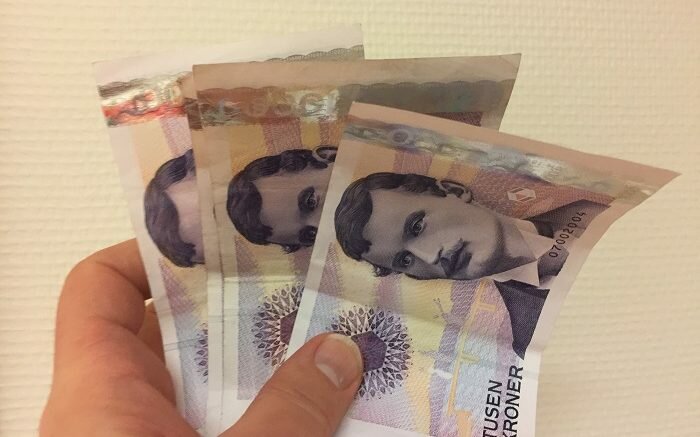A total of 39% of Norwegians say they are worried that interest rates will be higher, according to a new survey. The figure is by far the highest of the Nordic countries.
By comparison, only 27% of Finns and Swedes are worried about higher borrowing rates, showed a survey YouGov has done for Danske Bank.
In Norway, 15% said that they are very concerned about the rate of increase, compared with only 9% in Sweden and Finland.
On the contrary, in Denmark, where only 21% said they are worried that the borrowing rate is going to rise, only 5% said they are very worried.
Debts
Consumer economist, Anne Motzfeldt, of Danske Bank, sees Norwegian concerns in the context of Norwegians having high debt.
According to the latest available figures from the OECD, Norwegians’ household debt accounts for 266% of disposable net income. It is at the top of the OECD countries, behind Denmark and the Netherlands.
“Consumer debt among Norwegians is now over NOK 100 billion, according to figures from the Danish Financial Supervisory Authority. An increase in borrowing rates will therefore mean an increase in monthly expenses and if you have a lot of debt you will be extra vulnerable because small interest rate adjustments on large loans can mean significant increases in monthly borrowing expenses,’’ she pointed out.
“Another reason why we are more concerned with interest rate hikes in Norway than elsewhere in the Nordic region may be that we have lower interest rates than our neighbouring countries. Fixed rate yields more predictability in the economy,’’ said Motzfeldt.
‘Finanstilsynet’s’ director, Morten Balterzen, also recently stressed in an interview with NTB news that Norwegian households are vulnerable to interest rate hikes, because almost all household debt has floating interest rates.
Marked in the economy
Motzfeldt set out a calculation that explains how much the effect of an interest rate increase on Norwegians economics could be.
‘’A loan of 3 million with interest of 2% has an annual interest expense of NOK 60,000 before tax.
Per month, this will be 5,000 kr. If the mortgage rate doubles to 4%, the same loan costs 120,000 kroner a year in interest, that is to say, 10,000 kr per month. That means NOK5,000 more in borrowing costs per month before tax,’’ explained the consumer economist.
She added that she is worried that many people aren’t good enough at so-called ‘buffer saving’.
‘’That is, you have no money in reserve if unforeseen expenses
© NTB scanpix / #Norway Today




